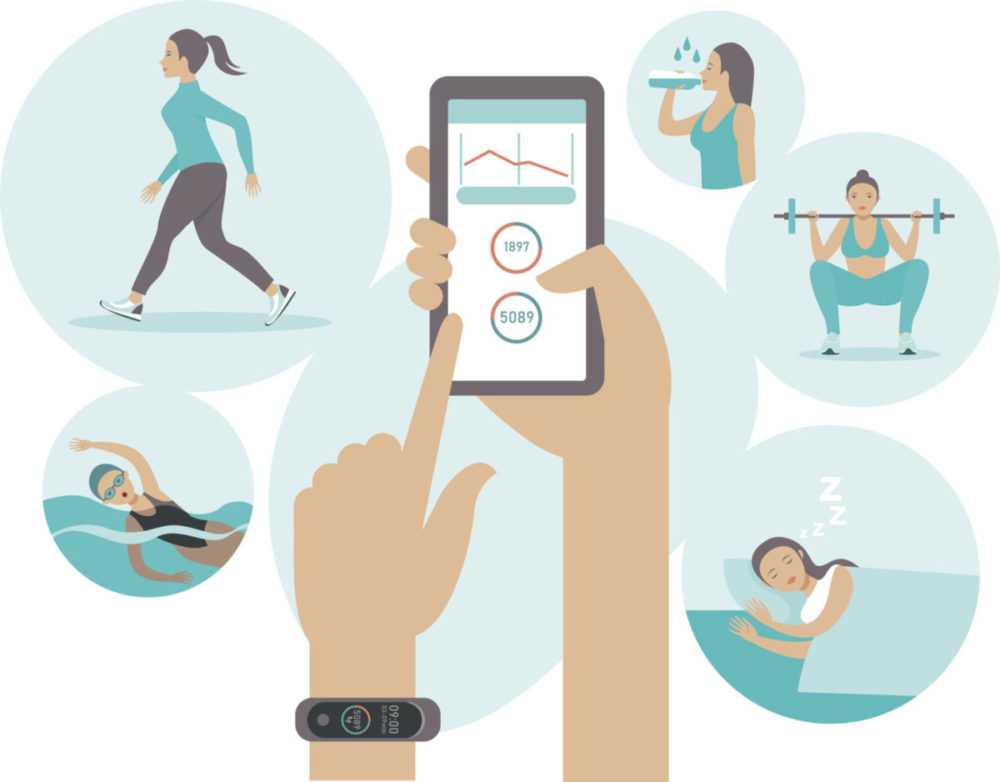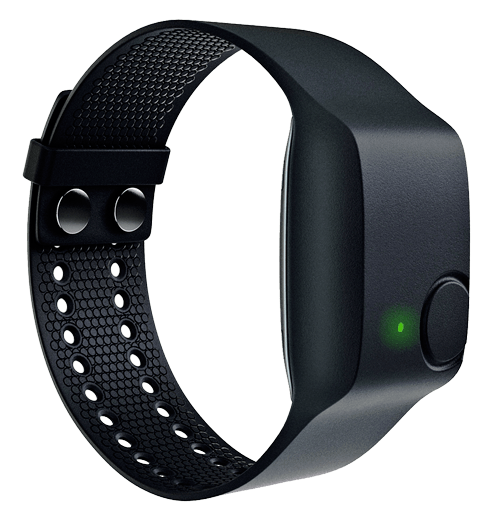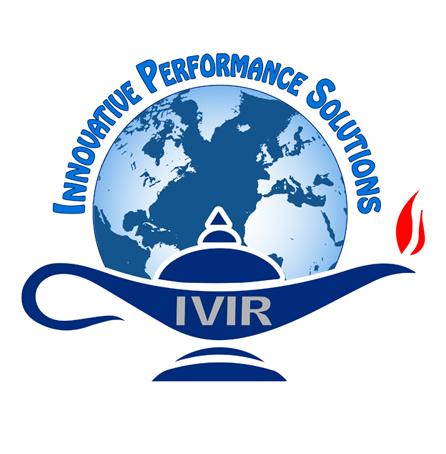
Emotional Response Research
Information Visualization and Innovative Research, Inc. was funded through ARL-HRED-STTC contract W911HF-16-C-0046 to research current peer-reviewed and product literature for information regarding the types of emotional response (ER) products available, the areas of research in which they are used, along with identifying the physiological variables that are sensed and measured.
Currently lacking is the creation, identification, observation and sustainment of the balance between skill and the emotional state resulting from low-level or high-level challenges and how it impacts performance. While commercial affective measurement devices designed to objectively measure stress levels in subjects are available, collecting and correlating multiple affective parameters increases the accuracy of stress measurement since each individual parameter has limitations.
Sponsor:
U.S. Army research Laboratory (ARL) Simulation Training & technology Center (STTC)Award Date:
August, 2016Contract #::
W911NF-16-C-0046Status:
Delivered
Wearable Sensing Technology
During the conduct of this research, several observations/findings were noted regarding the state of ER technologies and their uses:
- The use of wearable sensing technology to measure physiological and emotional responses to external stimuli is a relatively new method of conducting research. Early developers and manufacturers, in some cases, were not able to proliferate their technologies into a viable and sustainable business. New applications outside of pure research utilizing wearable sensing technology have emerged, in particular, healthcare diagnosis/monitoring, fitness monitoring, neuromarketing, and advertising, which will further development of these technologies and enhance commercial viability.
- In selecting a system to use in a specific research context, researchers should consider not only the need for ease of application, low cost or mobility, but also possible restrictions on coverage and flexibility (Grummet et al, 2015), which applies to all sensing technologies.
- The focus has been placed on the development of wearable sensing technology that is unobtrusive to the subject that is being measured. Furthermore, the growth of mobile device applications and the live streaming data have allowed these devices to be used 24/7 in a comfortable and non-distracting way. These applications are driving the growth in wearable sensing technologies used in everyday life outside of their use in standard laboratory research.
- The majority of the ER devices investigated incorporate the synchronization of multiple sensing technologies (i.e., HRV/ECG, GSR, EEG, etc.) and time stamping of events from a single or multiple subjects. This capability eliminates the need for multiple, costly and time-consuming studies.
- All of the ER devices investigated provide proprietary software for data visualization and analysis. Furthermore, data from these devices can be exported to analysis software such as SPSS, MATLAB, etc.




